The Haunting of Bly Manor and the horrors visited on the othered body
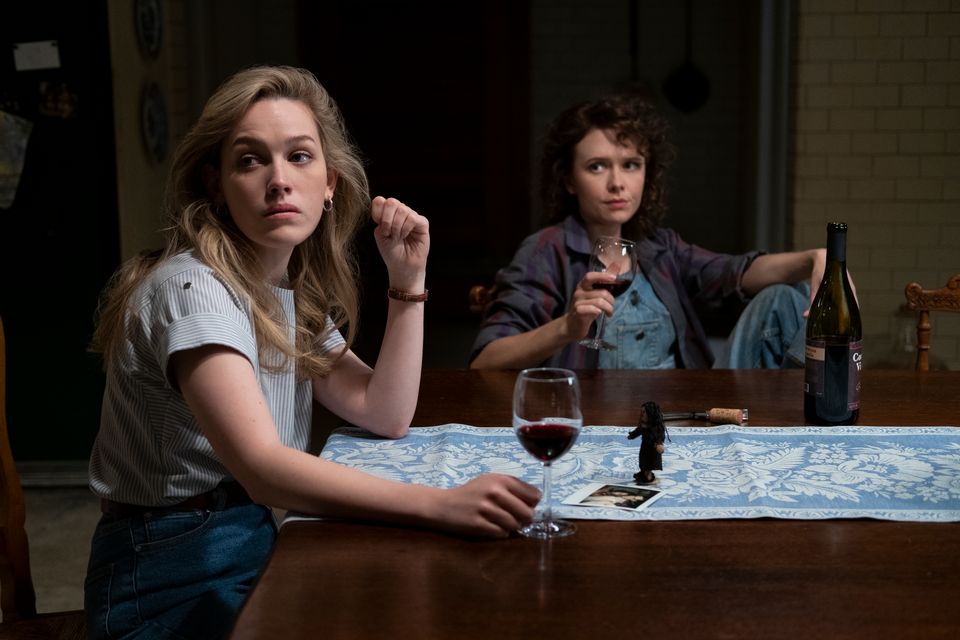
(Welcome to the Wednesday newsletter! Each week, I’m publishing a new pop culture essay from a freelancer. Remember: Your subscription fee helps me pay these freelancers for their efforts! This week: Ida Yalzadeh, on Netflix’s The Haunting of Bly Manor’s “deflating and sullen” take on queer love. Subscribe to Ida’s newsletter, Tiny Driver.)
It started with a look.
Around 26 minutes into the third episode of Netflix’s The Haunting of Bly Manor (2020), the caretakers of the manor rest after an extensive search of the grounds for the series villain, Peter Quint. The manor’s au pair, Dani (Victoria Pedretti), and the gardener, Jamie (Amelia Eve), sit together on the sofa and discuss the relationship between Quint and the manor’s former au pair, Rebecca. The topic then shifts to the relationship between love and possession.
“They’re opposites, really, love and ownership,” Dani reasons.
“Yeah…” Jamie says, before a slight pause.
Suddenly, the housekeeper disrupts their intimate conversation from offscreen. The camera continues to linger on Jamie’s face, as her gaze just happens to linger over Dani’s. Jamie’s eyes move from the au pair’s face to the nape of her neck before the camera cuts away.
This brief look shared between the two women made my body go on edge. Was this lingering on their connection a deliberate choice, a moment into which we were meant to read queer desire? The answer came soon enough. We were meant to see queer desire between the two. The episode ended with Dani and Jamie exchanging longing looks and a quick grasp of the hand. And if that wasn’t overt enough for some folks, the two would share their first kiss in the next episode.
It was compelling to see this story of queer love unfold in a horror television series — a genre that lends itself to taking a greater risks than many other genres. And yet, the series’ narrative ultimately unraveled in a way that left viewers untethered.
In her work The Promise of Happiness, Sara Ahmed discusses (un)happiness in the cultural context of queer life and love, showing how queer fictional figures are precluded from “happiness” because the very feeling is contingent on one’s ascription to “straight conditions,” as she calls it. The queer life is an unhappy one, Ahmed argues, and it ends in unhappiness as tribute to the unbearable nature of the world we live in: “The unhappy queer is unhappy with the world that reads queers as unhappy... The risk of promoting the happy queer is that the unhappiness of this world could disappear from view.”
The story of Dani & Jamie is no different — it ends with the death of the former, as recounted by her bereaved partner. Whether due to the lingering trauma of the haunted house in which they both worked or the larger grief that the house may represent for a queer character in the 1980s, the couple’s love story is framed by an overarching feeling of predetermined tragedy. In this way, Bly Manor recognizes the at times unbearable nature of being queer in this world (particularly in decades past). But it does nothing to subvert this time-old narrative or to give the characters space to breathe new possibilities.
Based on Henry James’ Turn of the Screw, The Haunting of Bly Manor is the second entry in Mike Flanagan’s Haunting anthology series. (The first, The Haunting of Hill House, was released in 2018.) The story of Bly Manor takes place in 1987 and follows Dani, an American hired to take care of two British orphans at the countryside manor that belonged to the children’s parents. As Dani’s time at the manor continues, she and we learn about the Lady of the Lake, a mysterious figure who haunts the house and its grounds, killing those who cross her path. The Lady, as it turns out, was once the lady of the manor itself, who searches the grounds for the daughter she left behind.
Unlike other mainstream visual genres, horror has done comparably well in its ability to represent a wider breadth of the various bodies that make up the world. Films like Get Out, CAM, and Midsommar all center on the narratives of folks usually marginalized in mainstream narratives. Their protagonists were women, queer people, and people of color. Media studies scholar Robin R Means Coleman argues that the horror genre is one of the few representational spaces in which racist and gendered stereotypes have historically been challenged across the 20th and 21st centuries. Yes, there is still truth to the running joke that the Black character is always the first who dies in a horror film. However, the genre’s subversive nature inherently means that these stories are able to take on a more capacious exploration of the human condition than, say, an Oscar-winning drama. Increasingly in the past few decades, this has led to more diverse stories being told.

Bly Manor seems as if it is intentionally trying to update James’s narrative with voices that reflect different perspectives. Dani and Jamie, the show’s protagonists, are queer, and the other two individuals employed at the manor — Hannah Grose (T'Nia Miller) and Owen Sharma (Rahul Kohli) (who also fall in love over the series arc) — are people of color.
While the series primarily takes place in an idyllic English countryside, most of the plotlines center on those who could only dream of owning it: working class folks, most of whom are not white or not straight. Indeed, only the orphaned children — now under the care of their aloof uncle, Henry Wingrave — initially represent the white, upper class at the manor.
At first glance, The Haunting of Bly Manor seems to present several varied embodiments of grief. Each character, no matter their station in life, is grieving a loss, whether it be a person, a future cut short, or a choice made in the past. However, by the series’ end, we see that only certain characters bear the trauma of the events that took place at Bly Manor — that only some are precluded from happiness.
In the series’ final episode, we learn of the several smaller tragedies that sprout from the Lady of the Lake’s stubborn grief. The housekeeper, Hannah, turns out to have been dead all along, pushed into a well to drown. Even more striking, Dani, in sacrificing her body for young Flora’s life, invites the Lady of the Lake to share her corporeal being. All horror movies have their own world-building rules, and Bly Manor is no different. Dani — in saying, “It’s you. It’s me. It’s us.” — “invites” the Lady into herself and frees the spirits trapped at the manor.
However, in doing so, she feels the ghost inside her — an “angry, empty, lonely beast” in the jungle that will one day “take” her. Although Dani moves with Jamie to America to begin their lives together, the Lady continues to haunt her. Not wanting to put Jamie in danger, she returns to Bly to drown herself in the lake, and in so doing, takes the Lady’s place.
Much like the trauma inflicted on Dani through the Lady of the Lake literally sharing part of her corporality, defining trauma outside of the show incorporates more implicit manifestations of this encroachment. Particularly for queer folks and people of color, trauma comes not only in the forms of forced migration, gender or sexual-based violence, or war, but also in the forms of disconnection from bodily autonomy, death that is insufficiently celebrated or mourned, or a forced dissociation from ancestral connection. Just as the Lady of the Lake literally takes over Dani’s body, so, too, does our trauma manifest the same way if not dealt with.
What haunts, then, is Dani’s ultimate outcome. To die seems to be the only option to spare her trauma from fully coming forth and wreaking havoc on her beloved. But this way forward only opens new wounds of grief.
In a sense, Dani performs a double sacrifice in this final episode. Not only does she sacrifice her corporeal independence in order to save Flora, but she also ultimately sacrifices her entire being over to the manor in order to release the Lady from its grounds once and for all. Her happiness with Jamie is sacrificed at the expense of these two women. If we take this idea even further, the Lady’s release from Bly means that she will finally rejoin her daughter. This implication, however small, reflects those “straight conditions” (i.e. heterosexual child-bearing) that are precluded from queer women.
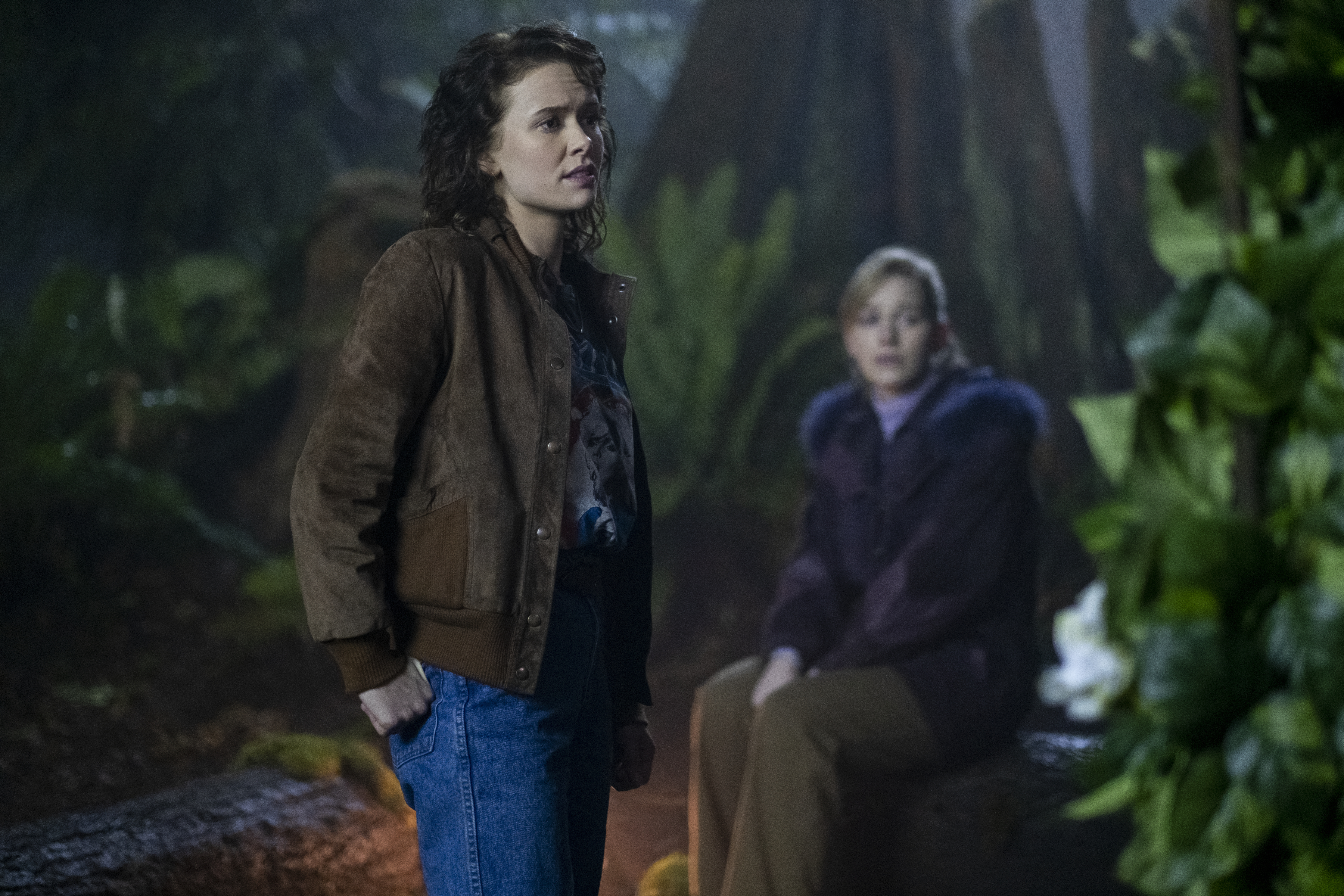
Years later, Owen and Jamie are left mourning the loss of their beloveds to the manor, while the children, Miles and Flora, are spared from remembering what took place decades ago. As Owen describes it, after both the children moved to America, they seem to only have happy memories of their time living at the manor.
The main plot’s framing also speaks to the results of Dani’s unhappy sacrifice. The first episode begins the night before a wedding ceremony. A woman tells a “ghost story” to the bride-to-be, the groom, and some of the other guests after dinner. We only find out in the last episode that the woman narrating the tale is Jamie and that the bride is an adult Flora.
It is notable that Jamie recounts this story at Flora’s wedding. One of the more emotionally resonant moments in the final episode is Dani’s proposal to Jamie; although they are not able to officially marry because of the time period — “We can wear the rings, and we’ll know. That’s enough for me if it’s enough for you” — both actively choose to spend the rest of their time on earth together. Even this moment of professed union, however, is tinged by the Lady of the Lake’s increasing presence within Dani’s body. Her unhappy fate has already been determined, and she is conscious of that.
Even more, within the series’ framing device, we are seeing the result of Dani’s initial sacrifice: a heterosexual marriage. What comes after — a house and biological children — is just around the corner.
As Jamie ends the story, and the other guests retire to their rooms, Flora remains to speak with her a bit longer. The following exchange takes place. Flora begins:
“I liked your story, but I think you set it up wrong, just in the beginning.”
“Is that so?”
“Yeah. You said that it was a ghost story. It isn’t.”
“No?”
“It’s a love story.”
“Same thing, really.”
Flora’s attempted reframe is rebuffed. For Jamie, love, grief, and loss are one and the same. “Queer love might involve happiness only by insisting that such happiness is not what is shared,” Ahmed writes. And yet, this bleak take on queer love in the horror genre feels deflating and sullen.
Are we to understand that for bodies that are othered in our society, the trauma is too great to overcome? Why couldn’t Dani and Jamie have imagined otherwise? Why can’t we?
Episodes is published three times per week. Mondays feature my thoughts on assorted topics. Wednesdays offer pop culture thoughts from freelance writers. Fridays are TV recaps written by myself. The Wednesday and Friday editions are only available to subscribers. Suggest topics for future installments via email or on Twitter. Read more of my work at Vox.
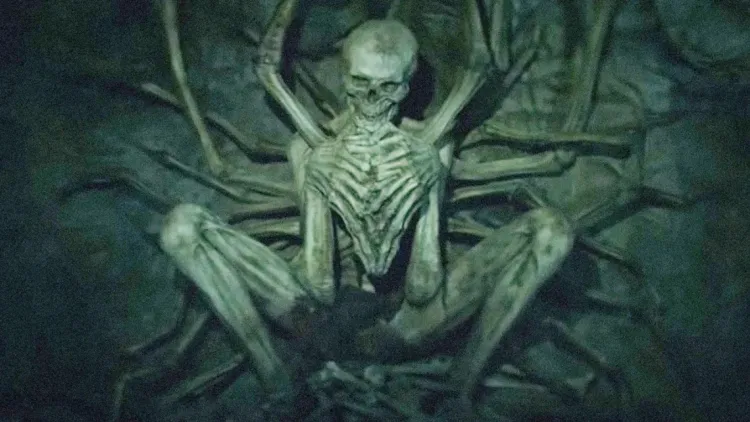

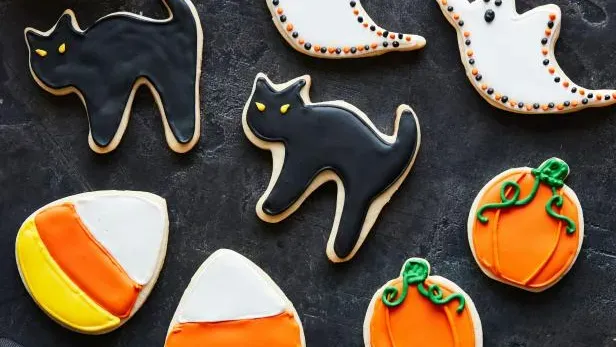
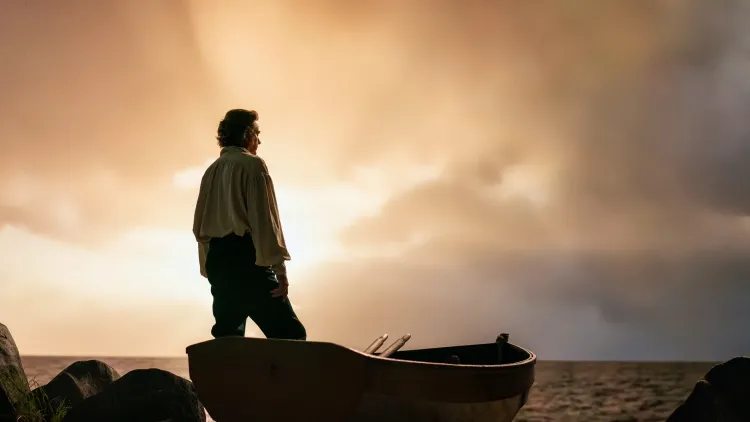
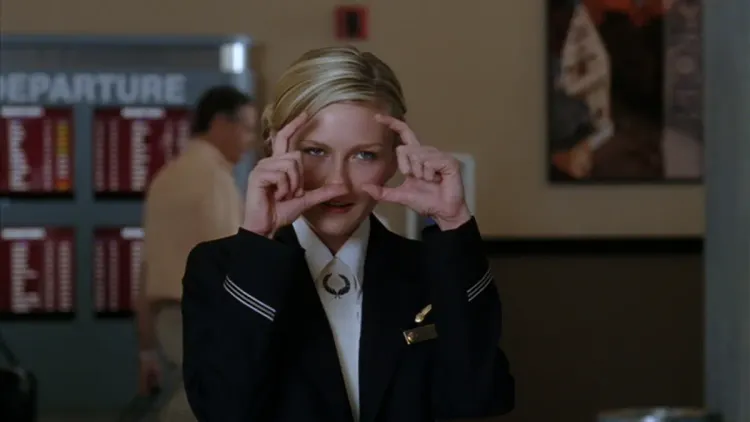
Member discussion